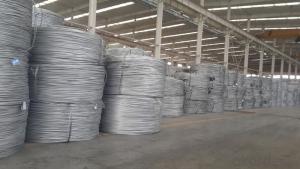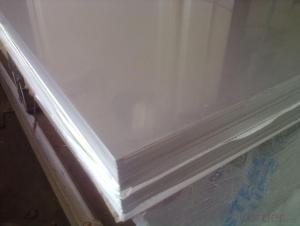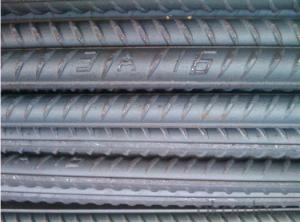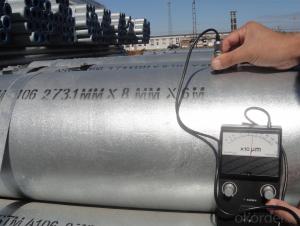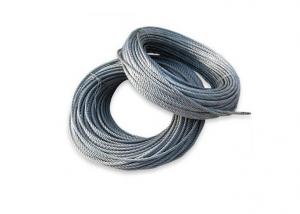Stainless Steel Rod 1 4
Stainless Steel Rod 1 4 Related Searches
Best Paint For Stainless Steel Blanket Insulation For Steel Buildings Primer For Galvanized Steel Foam Filter For Stainless Steel H S Code For Stainless Steel Surface Grinding Wheels For Stainless Steel Surface Grinding Wheels For Hardened Steel Hole Saw For Stainless Steel Paint For Stainless Steel Stainless Steel For BbqHot Searches
Steel Mesh Panels For Sale Price For Stainless Steel Scrap Scrap Price For Stainless Steel Price For Stainless Steel Stainless Steel Tank For Sale Stainless Steel Sheets For Sale Cheap High Tea Sets For Sale Stainless Steel Tanks For Sale Stainless Steel For Sale High Density Fiberboard For Sale Solar Hot Water Collectors For Sale Scaffolding For Sale In Uae Scaffolding For Sale In Ireland Scaffolding For Sale In Houston Type Of Inverter For Solar Price Of Shipping Containers For Sale Types Of Inverter For Solar Stock Price For Aluminum Used Solar Inverter For Sale Steel Mesh Panels For SaleStainless Steel Rod 1 4 Supplier & Manufacturer from China
Okorder.com is a professional Stainless Steel Rod 1 4 supplier & manufacturer, offers integrated one-stop services including real-time quoting and online cargo tracking. We are funded by CNBM Group, a Fortune 500 enterprise and the largest Stainless Steel Rod 1 4 firm in China.Hot Products
FAQ
- The specific grade and thickness of a stainless steel sheet can cause variations in its flatness tolerance. Typically, the flatness tolerance is defined as the maximum deviation from a completely flat surface. For stainless steel sheets, the accepted industry standard usually sets this tolerance at around 0.003 inches per linear foot. Nevertheless, it is crucial to acknowledge that various industries or applications may have their own unique flatness tolerance criteria. Consequently, it is always wise to refer to the relevant standards or specifications for the specific stainless steel sheet in question to ascertain the suitable flatness tolerance.
- Yes, stainless steel sheets can be used for cryogenic storage containers. Stainless steel has excellent low-temperature properties, including high strength, corrosion resistance, and good thermal conductivity, making it suitable for storing materials at extremely low temperatures in cryogenic applications.
- Indeed, water storage tanks can be constructed using stainless steel sheets. Stainless steel possesses a remarkable resistance to corrosion, rendering it an optimal selection for water preservation. Its durability and longevity eliminate the need for frequent upkeep. Moreover, the smooth and non-porous surface of stainless steel sheets inhibits bacterial proliferation, thereby guaranteeing the cleanliness and safety of the stored water for consumption. Furthermore, stainless steel exhibits resistance against UV rays, extreme temperatures, and chemicals, affirming its dependability as a material for water storage tanks.
- The stainless steel sheet's maximum width can differ based on the manufacturer and supplier. Typically, you can find stainless steel sheets with widths between 36 inches (0.91 meters) and 72 inches (1.83 meters). Certain manufacturers may provide wider options for specialized purposes. To ensure accuracy, it's recommended to consult the specific supplier or manufacturer regarding the maximum width as it may vary depending on their production capabilities and product range.
- Yes, stainless steel sheets can be used for wire mesh. Stainless steel is a versatile material that is commonly used in various applications due to its durability, corrosion resistance, and strength. When stainless steel sheets are processed into wire mesh, they can provide a strong and reliable mesh structure. Stainless steel wire mesh is often used in industries such as construction, agriculture, mining, and filtration, among others. It is known for its ability to withstand harsh environments, resist rust and corrosion, and maintain its structural integrity over time.
- Yes, stainless steel sheets are commonly used in food processing industries for various applications. Stainless steel is highly resistant to corrosion, making it ideal for use in environments where food is processed, stored, or handled. It is hygienic, easy to clean, and does not react with the food, ensuring that the quality and safety of the food are maintained. Stainless steel sheets are used for making food preparation surfaces, worktables, countertops, sinks, shelves, storage tanks, and equipment like mixers, conveyors, and ovens. Additionally, stainless steel sheets are durable and can withstand high temperatures, making them suitable for a wide range of food processing operations.
- Yes, stainless steel sheets are suitable for laser cutting. Laser cutting is an efficient and precise method for cutting stainless steel sheets, as lasers can easily penetrate the material and create clean, accurate cuts. Stainless steel sheets have high heat resistance, which makes them ideal for laser cutting as they can withstand the intense heat generated by the laser beam. Additionally, stainless steel sheets have excellent corrosion resistance, making them a popular choice for various industries. Laser cutting ensures minimal distortion and no contact with the material, resulting in a high-quality finished product.
- How thick is 10gauge in stainless steel plate?
- The word "gauge" is interesting. This term is often seen in articles reading about metal roofs. It is not a unit of measurement, but a standard measure of width or thickness.

















